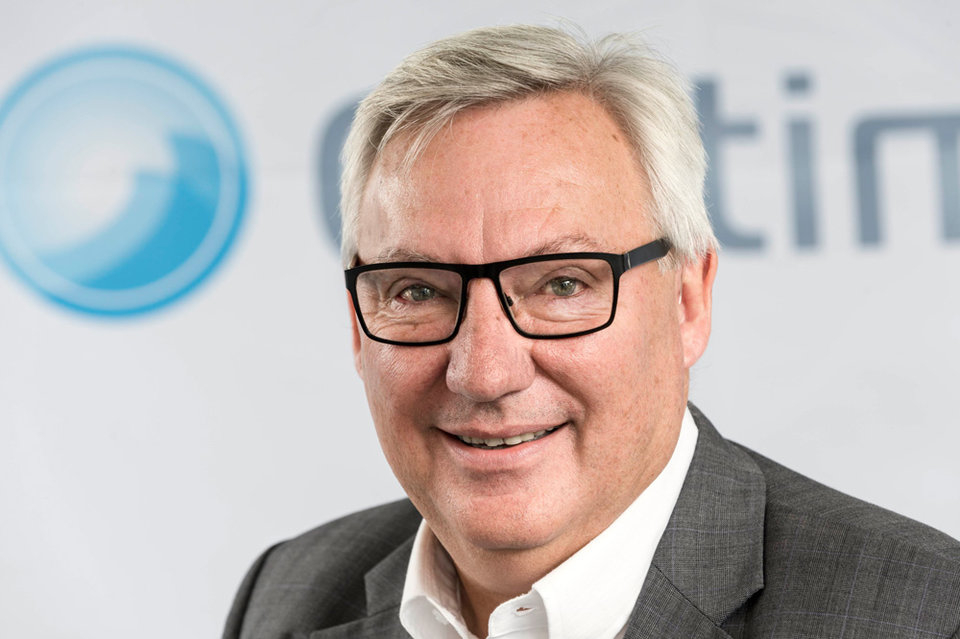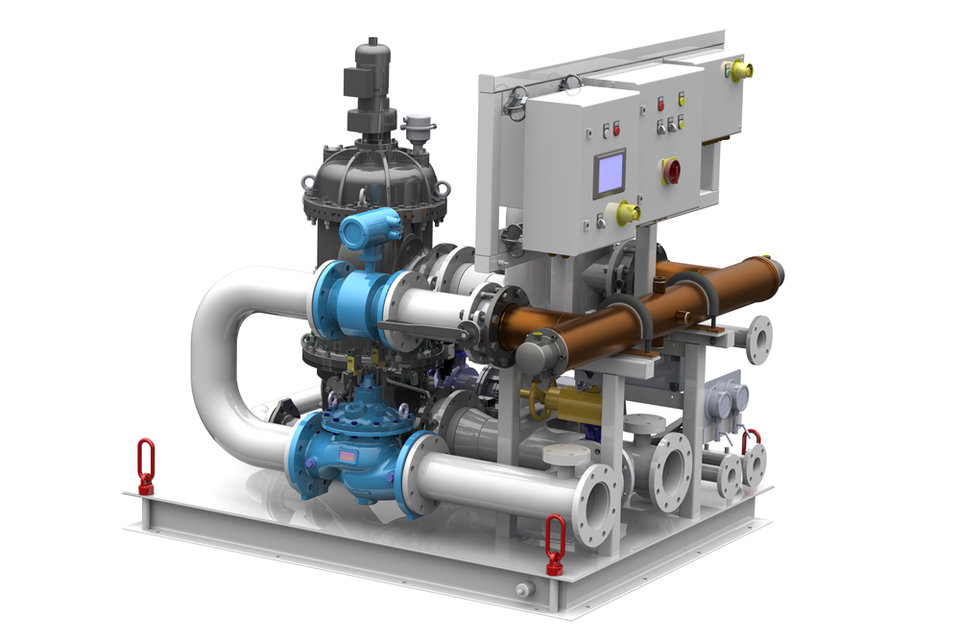Company Insight
Sponsored by Optimarin
First among equals – how to choose the best BWT system for your vessels
Not all ballast water systems are created alike. In an immature technology market, with a variety of competing solutions, how do you guarantee the system you choose is fit for purpose? Optimarin CEO Tore Andersen explains how to ‘take it easy’ in a difficult situation.
Caption
It can be confusing.It can be frustrating. And it can seem very, very difficult.
Shipowners and operators know they must comply with stringent IMO and USCG regulations regarding the treatment of ballast water. However, confronted with an array of technology, and faced with the reality of wafer thin margins in a hyper competitive market, how do you ensure you select a value for money system that won’t let you down – today, tomorrow, and far into the future?
The temptation, naturally, is to fixate on the price. After all, this is not a system that is core to operations (it won’t increase cargo capacity, or super-charge engines) so it makes sense to pay the bare minimum, right?
Wrong.
Very wrong.

Tore Andersen, CEO of Optimarin
Quality counts
As with anything in life, you get what you pay for. And if you choose a ballast water treatment (BWT) system that threatens your vessels’ compliant operations then a ‘cheap’ choice can end up being extraordinarily expensive.
At my company, Optimarin, which has been focused exclusively on developing simple, reliable and compliant technology since 1994, we’ve recently been charged with replacing numerous clients’ existing systems with our own. Systems that, despite being only a handful of years old, were not fit for purpose.
This is a risk, and an expense, that no owner should have to accept.
To help you avoid potential pitfalls in the BWT landscape I’ve mapped out a simple ‘check list’ below – something to make this hard process a little easier.
But why should you listen to me, you ask?
Good question. So here’s a little Opti-info.
100% BWT
Optimarin lives and breathes BWT, it’s all we’ve ever done. We were the first company to develop and install a commercial system, in the year 2000, became the first company to achieve full USCG approval in 2016, and introduced the market’s first five year parts and servicing guarantee in 2017. Our simple to install, operate and maintain Optimarin Ballast System (OBS) – centred on environmentally friendly UV technology, with no need for chemicals or additives – is the preferred choice for shipowners looking for a market proven solution with total worldwide compliance.
We now have a track record of over 500 OBS installed and operational, of which approximately 250 are retrofits, with more than 700 systems sold. So, and I don’t mean to be boastful here, we know what we’re talking about. This isn’t just a product for Optimarin, this is a way of life.
And all this experience has taught us a few things about what owners and operators need to look for. And that is -
A proven track record
All manufacturers will say their technology performs, but who can prove it? Who can demonstrate reliable performance over the long-term, for all water types and turbidities?
New systems could be excellent, but they represent risk. At the same time established systems that have gone through numerous iterations, or major overhauls, suggest that something doesn’t, or hasn’t, performed. Make sure the version you choose has a lengthy track record of success to satisfy your concerns.
Global compliance
If you want optimal fleet flexibility you need optimal compliance, and that means USCG approval. If your system doesn’t have it, your trading potential is limited.
If it does then you have something priceless – complete regulatory peace of mind.

Caption
Retrofit optimisation
BWT systems can be large and complex. On specialized vessels, where space is at a premium, it can be an engineering conundrum to try and squeeze them in. But if a unit is modular, like OBS, it can be split up to enable easy installation – especially if your supplier can demonstrate a successful track record of previous retrofits.
Look for simplicity, demand experience – you need retrofitters you can rely on.
BWT focus
If you want complete understanding – of your requirements, of technology, of operations – you want complete supplier focus on the product they’re providing. Nothing is as important to you as keeping your vessel sailing compliantly, so nothing should be as important to your BWT supplier either.
Trusted support
Choose a supplier that will take good care of you and your system, tailoring agreements, servicing and 24/7 support to meet your global needs. Some manufacturers will have their own engineers, while others choose expert partners, giving global capability while allowing them to retain focus on developing the technology itself.
Long-term commitment
BWT is an attractive, yet truly demanding, segment. Companies come and go as they try to tap into the huge market potential – both small players that fail to survive, and larger firms testing the water before returning to core business areas.
So make sure your supplier can demonstrate dedication to this sector, but also has the commitment to stand by their technology. Check if they offer long-term guarantees, like Optimarin, or if they plan to renew or revamp systems, potentially leaving you with out-dated versions. And in terms of the organization itself, is it stable enough to be at your side in ten years time? In Optimarin’s case we’ve had the same strong investor group for many years, have positive equity and a strong order book. We are in this for the long run.
No sizable business investment is ever straightforward, but faced with difficult decisions, in a niche of increasing supplier complexity, it is possible to step back, assess and make an ‘easy’ choice. You can get the right system for your needs. Trust us, no one knows BWT like Optimarin.